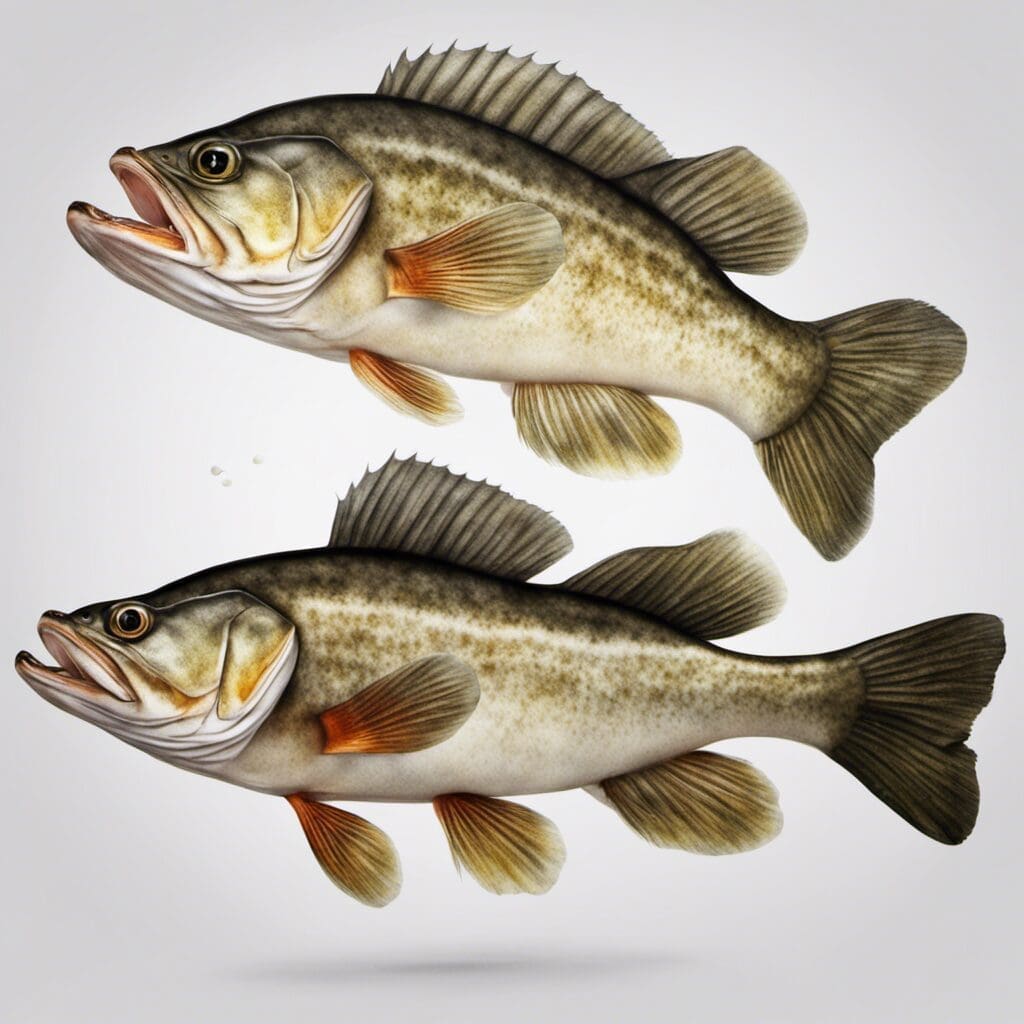Introduction
The Pike-Perch, also known as the Zander (Sander lucioperca), belongs to the Percidae family. This predatory fish is commonly found across Eurasia, from Western Europe to the east of China. It is highly regarded by anglers due to its reputation as a challenging catch and its excellent taste.
Conservation Status
As of the current records, the Pike-Perch is categorized as least concern on the conservation status scale. Efforts to maintain their population involve monitoring and regulation of fishing practices, as well as habitat conservation and restoration projects.
Statistics
| Stat | Average | Range |
|---|---|---|
| Length | 50-70 cm | 20-120 cm |
| Weight | 1-2 kg | 1-12 kg |
| Average Lifespan | 10-20 years |
Distribution
Pike-Perch can be found mainly in the freshwater environments of Eurasia. They inhabit large rivers and lakes, particularly in Scandinavia, Germany, and the Eurasian steppes. They don’t display specific migration patterns.
Habitats
Preferring freshwater bodies, Pike-Perch are comfortable in depths ranging from 4 to 15 metres, and are tolerant to a variety of temperature conditions, from temperate to cool conditions.
When and Where to See
These fish can be spotted year-round with peak activity during their spawning season in the spring. They are mostly active during the twilight hours.
Best Fishing Locations
Pike-Perch are most often found in:
- Lake Geneva, Switzerland
- Baltic Sea
- Lake Constance, Germany/Switzerland/Austria
- Lake Winnibigoshish, USA
- Volga River, Russia
- Lake Baikal, Russia
- Öresund Strait, Sweden/Denmark
- Loire River, France
- Amur River, China/Russia
- Dnieper River, Ukraine/Belarus
How to Catch
Live or dead bait such as fish are ideal for catching Pike-Perch. Fishing techniques include trolling and bottom fishing. There’s no best time as these fish can be caught year-round, with twilight being a prime fishing time.
Identification Guide
A Pike-Perch has a cylindrical body with a dark back and silver flanks. Its ventral area is white. The species can be identified by its sharp teeth and the spiky first dorsal fin. A similar species, the Walleye, is slightly smaller and has a more yellowish color.
Culinary
Pike-Perch has a mild, sweet taste with firm, white meat. After cleaning and filleting, it can be pan-fried, grilled, or baked. Some popular recipes include Pike-Perch in mustard sauce or smoked Pike-Perch. Nutritionally, Pike-Perch is rich in protein and low in fat.
Additional Information
Pike-Perch are elusive predators, primarily feeding on other fish. They face threats from overfishing and habitat degradation due to pollution and damming. These fish hold a prominent place in sport fishing and culinary traditions across Europe and Asia.
References and Further Reading
For further information, readers can refer to Coad’s ‘Freshwater Fishes of Iran’ and Kottelat and Freyhof’s ‘Handbook of European Freshwater Fishes’. Additionally, detailed accounts can also be found from FAO’s Fisheries and Aquaculture department website and FishBase. (FAO Fishery) and (FishBase)

